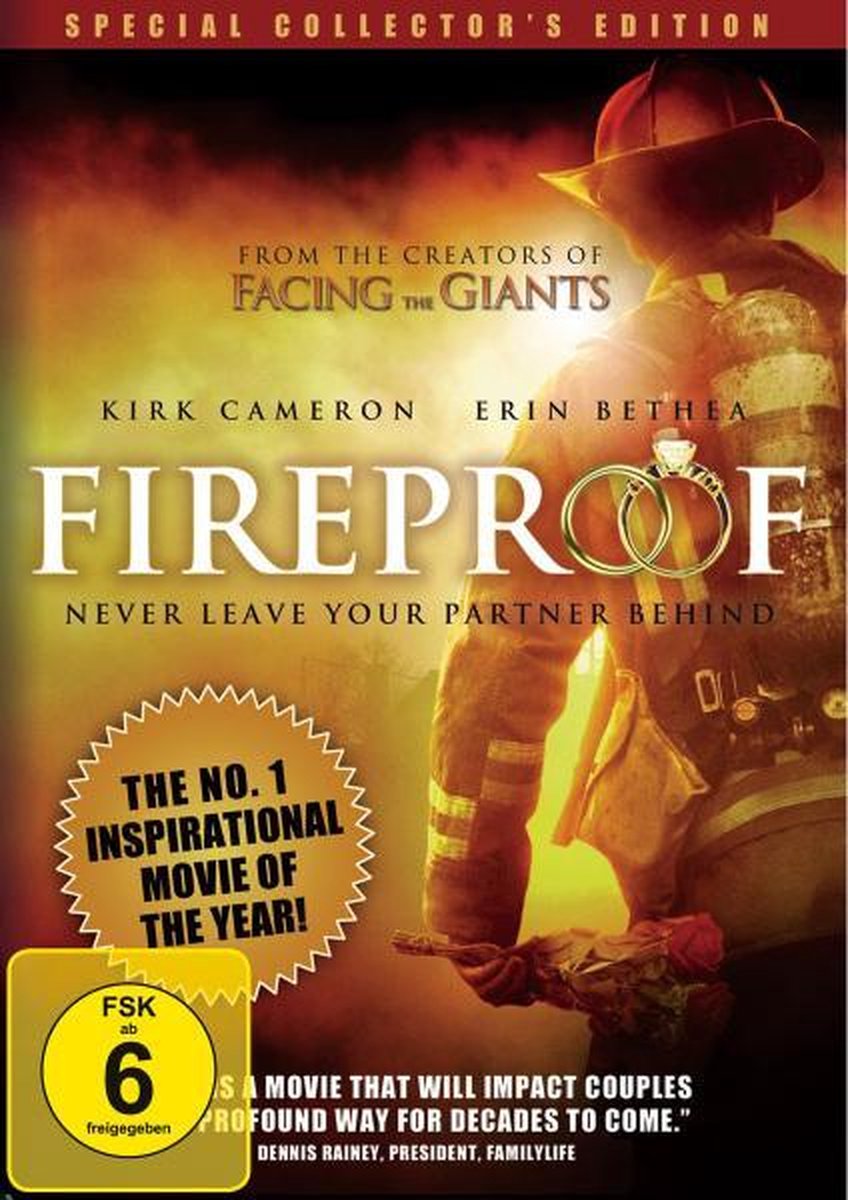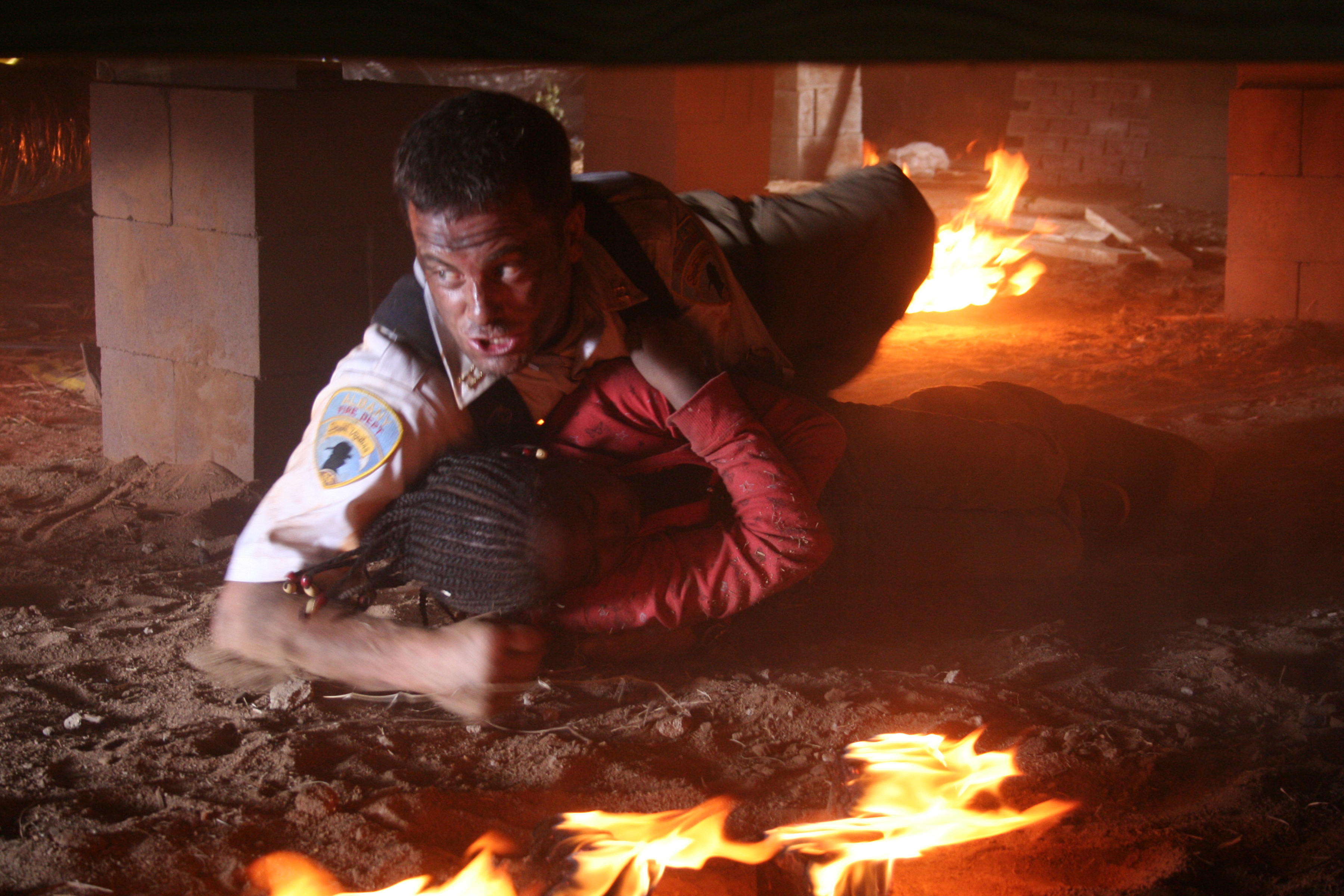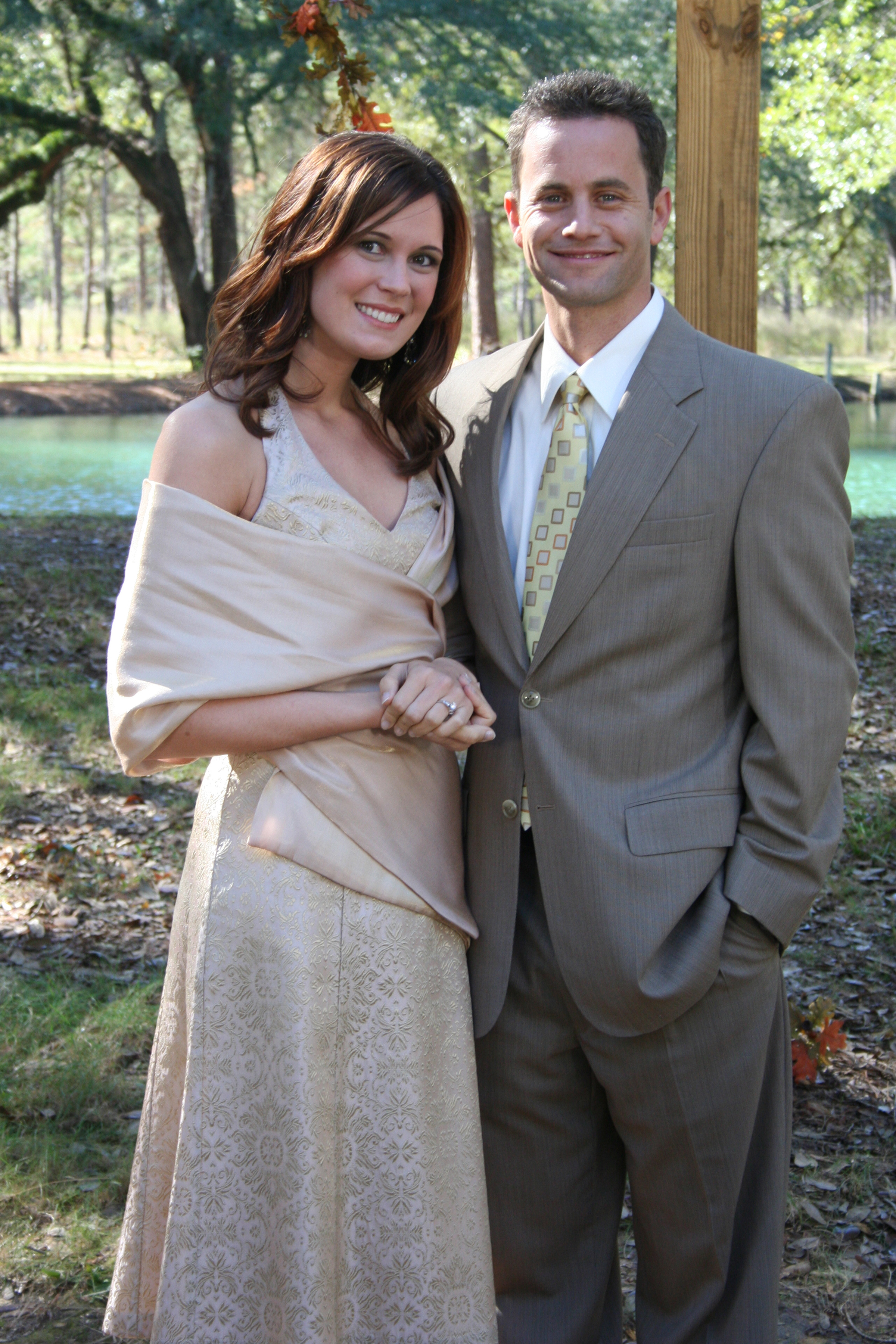


In the history of Hollywood-church relations, Protestants favored industry reforms to protect individual liberty and the common good based on a shared recognition of the need for self-restraint and public responsibility. These two tendencies, which are not mutually exclusive, find expression both within religious groups and between them. At one end is an emphasis on the individual as the genesis of social change at the other is a concern with transforming institutions that influence and govern people’s lives. Various perspectives that are rooted in different theological-cultural traditions exist along a spectrum. The one stresses freedom of expression and individual conscience the other a concern with protecting the church and the moral and religious character of American society.

Negotiations with Hollywood were complex as church leaders sought to resolve enduring tensions between profits and the public welfare, freedom and control, art and entertainment, morality and marketing.Īpproaches to the cinema embody deeply held religious principles held in some tension. The film industry evolved in tandem with the church and other social institutions as it became integrated into society as a legitimate art. For that reason, religious leaders have always been wary of Hollywood’s effect on the moral and religious character of the nation and its influence around the world. There is a basic affinity between film and religion both propagate values and offer visions of life that can-and often do-rival one another. Since the dawn of the cinema at the turn of the 20th century, the church and its vicissitudes have been an essential part of the Hollywood story.


 0 kommentar(er)
0 kommentar(er)
